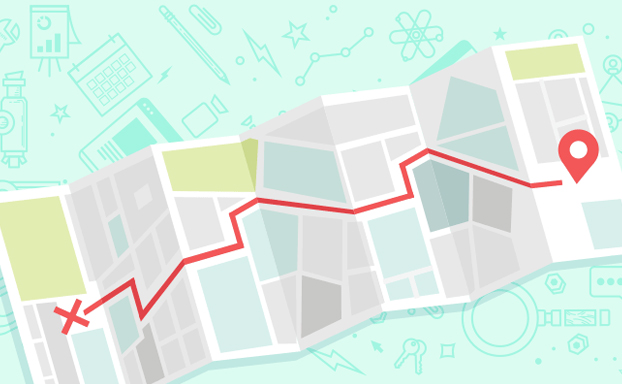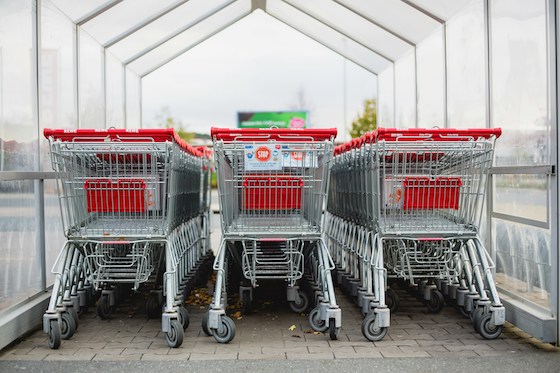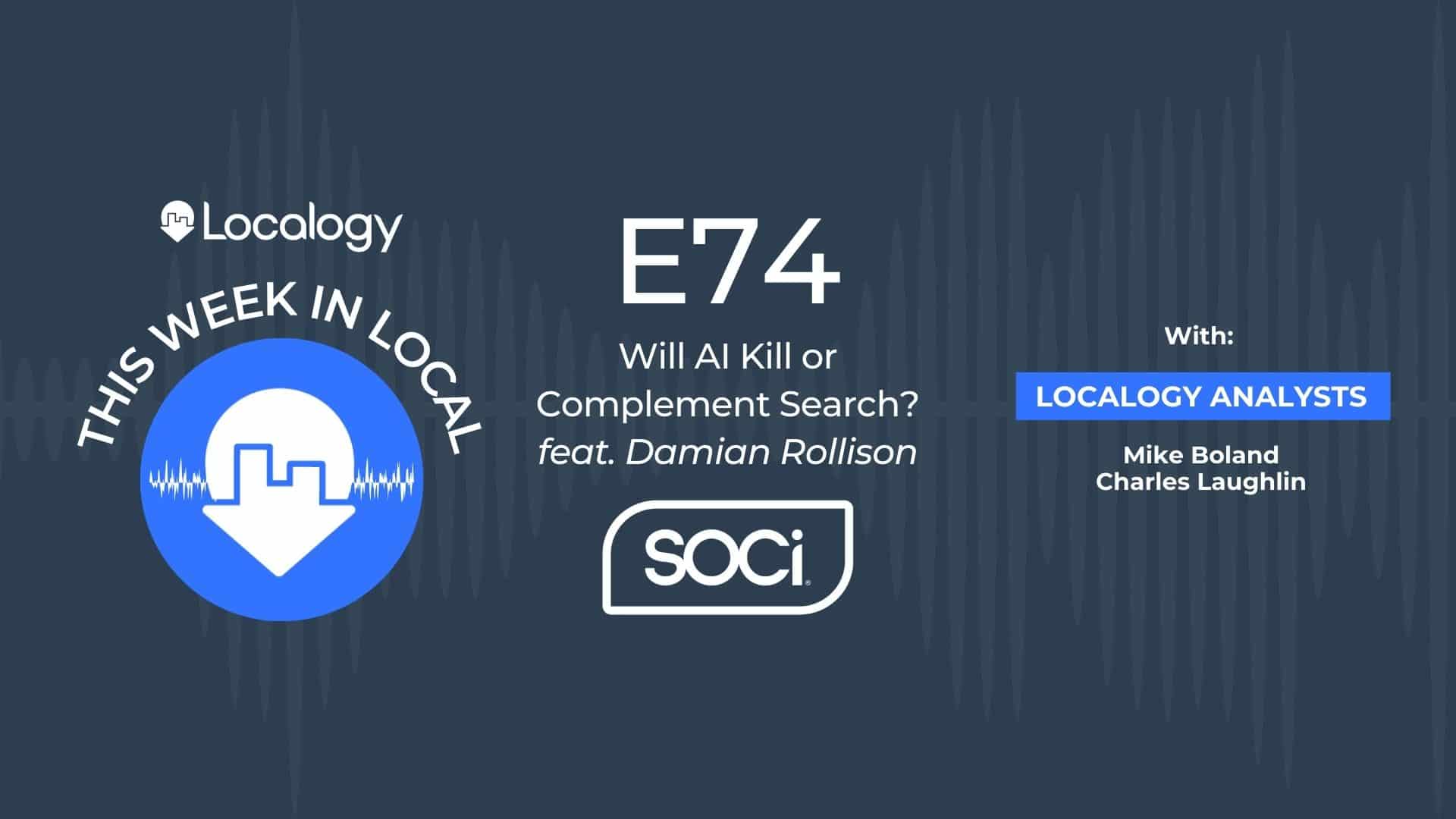For the past nine years the Local Search Ranking Factors has surveyed leading local SEO practitioners to understand the variables that are most important to ranking in local results. Developed originally by David Mihm, it’s now presented by Moz and curated by Darren Shaw of Whitespark.
Last week LSA hosted a webinar with Darren and Britney Muller of Moz, providing an overview of the 2017 report. During the webinar, there were questions that the panel wasn’t able to address even though we extended the Q&A session 30 minutes. Darren has provided answers below. Most of these are commonly asked SEO and local listings questions. (The opinions and recommendations are his own.)
What are the primary citation/data sources vs. tier one, two and three. Please provide examples.
These are different in every country, but in the US we break them down into the following:
Core Search Engines: These are the key search engines where people find your business online. These search engines are receivers of business listing data, not distributors. Note that your listings on these 3 are not considered citations.
- Bing
- Apple Maps
Primary Data Sources: Called the data aggregators, these data services distribute business listing data to hundreds of other sites
- InfoGroup
- Acxiom
- Localeze
- Factual
Tier one: These sites are prominent on Google and frequently used by real people looking for businesses. Examples:
- Yelp
- Yellowpages
- BBB
- Yahoo
- Foursquare
- Mapquest
- Dunn & Bradstreet
- Mapquest
- Superpages
- Dunn & Bradstreet
- Manta
- Citysearch
Tier 2: Business listing sites that have some prominence on Google, decent domain authority, but are lesser known. Examples:
- Yellowbook
- Merchant Circle
- LocalStack
- ChamberOfCommerce
- HotFrog
- Brownbook
- Cylex
Tier 3: Even lesser known and lesser frequented business listing sites. Examples:
- Yellowise
- My Local Services
- Local Database
- MyHuckleberry
Tier 4: Sites with low domain authority that you’ve probably never heard of. Examples:
Citations: if hours are changed, how should that be handled or implemented across sites?
It’s good to keep your hours accurate on prominent sites that real people will visit (Core search engines and tier 1 sources), but it’s not a citation consistency concern.
How important are citations for businesses that operate kiosks at/inside other stores?
If you want your business to rank for local search terms, then citations are important. A business located inside another business (Starbucks in a Safeway, for example) is a common situation that Google understands. You simply have the same address, but a different business name and phone number. Your citation strategy should be no different than any other kind of business.
What services or tools help with citation consistency? Are they worth it?
Um, I can’t help but be biased in my answer here since Whitespark offers a Citation Audit & Cleanup service and a Citation Building service. And yes, I think they are very good services and worth it. Check our reviews on Google.
Alternatives to look at are Moz Local and Yext. These are more do-it-yourself automated platforms, whereas our approach is manual work, performed by a team of experts.
What’s the best way to remove/suppress duplicate listings for an enterprise business?
In my admittedly biased opinion, manual citation cleanup work is always going to be the most comprehensive and effective cleanup. Human auditors are able to identify NAP variations and do a thorough search on each site for any and all variations of the business’ name, address, and phone number.
Enterprise projects can be done manually, but the time factor might be a deal breaker. Depending on the number of locations, the project might need to spread out over 3 months (50ish locations) to 2 years (500ish locations). If you have more than 500 locations, or you don’t have the patience to do manual cleanup, Yext is a fast solution to getting your data squared away on many of the major sites, and they have a duplicate discovery and suppression service for enterprises.
Keep in mind that this is suppression though, not cleanup. It’s like you’re renting the solution. If you ever cancel Yext, the suppression comes off and the duplicates resurface. A combination of Yext and Moz Local can help enterprises with the quick suppression through Yext, and then Moz Local will get you actually cleaned up (instead of just suppressed) on the data aggregators and some key tier one data sources. They’re both automated solutions though, and will not catch all your incorrect and duplicate citations.
If a non-service business is located in City A and they want to rank in some neighboring cities (City B and City C), what is the best way to do that?
Either open new offices/locations in those cities, or target them through the local organic results. To target local organic, you want to create city pages. The “Areas we serve” section on the Pringle Chivers Spark Teskey website are good examples of city pages. They rank well, bring in a decent amount of traffic, and drive leads from these cities that they don’t have an office in. Check out these excellent posts from Phil Rozek on how to make good city pages:
- 25 Principles of Building Effective City Pages for Local SEO
- Template for Creating Knockout City-Page Content for Local SEO
- 16 Ways to Create Unique “Local” Content for Cities Where You Want to Rank
What general advice do you have about ranking locally if there’s no physical address?
Target the local organic results with the city page concept mentioned above.
Create city or location pages?
Yes
What about use of PO Box, UPS store, Regus or WeWork?
These are against Google’s guidelines and using these addresses could get your business listing suspended at Google. That said, there are thousands of businesses currently using these, getting away with it, and ranking well. My advice is to not risk it, but the decision is ultimately yours.
Service area business with a physical address? Should they seek to rank for their address or list as a service-area business?
Setting the location to a visible address versus a service area has no impact on your rankings. It will only affect how Google displays your address.
If you’re a service area business, should you add all the relevant zip codes you service to GMB?
You could, but as far as I’m aware, it won’t actually impact your rankings in all those zip codes. The proximity factor is too strong and your business is likely too far away to rank, even with those zip codes set in GMB. This is something worth testing, though. Your mileage may vary.
Are there local CTR differences by industry or category (e.g., local pack, ads, organic)
I would assume so, but I don’t have a data source to refer you to.
Best practice recommendations for local link building — and should I buy links?
You might want to check out my post with 7 easy local link building strategies. I wouldn’t recommend buying links from private blog networks. Those can come back to haunt you, and climbing out of a Google penalty can take years.
Is a directory listing with a link to your website consider a “Link”?
Yes, but directory links are low value. If you’re talking about business listing sites (aka citations), then the value from a local search perspective is in the presence of your NAP info, not the link. It’s the mention of your business, not the link, that is the value from citations. Sometimes the links are a nice added bonus, though, if they’re followed links and the site is of decent domain authority.
From agency: After on boarding a new client, what are the first few pivotal [local SEO] steps you do to get going?
- Look for and cleanup any duplicates on Google My Business.
- Make sure the most optimal primary category is set on their GMB listing.
- Do the same on Apple Maps and Bing.
- Make sure the business is listed, and clean up any inconsistent citations on the primary data aggregators and tier 1 business listing sites. (We have a service for that).
- Get them rolling on a review strategy. There are many tools and services to help with this, but the gist of it is: ask every customer/client, and always follow up.
- Check their website for: responsive? Fast? Do they have a page for very service? Do those service pages have a TON of content on them? Do they have a page for each location? Are the pages optimized with basic SEO best practices (content, title tags, etc.). Have you marked up location data, reviews/testimonials, and content schema/JSON-LD?
- Get to work on local link building.
Does Google normalize for abbreviations, ex: Street on Bing vs. ST on Google?
Yes! See this resource that describes how the normalization works and tells you which variations/abbreviations you don’t need to worry about.
Provide some examples of behavioral ranking factors?
Some of these are speculative. Only Google knows for certain what factors they track and use in the ranking algorithm.
- Requests for driving directions in Google maps
- Click to call the business in mobile
- Click-Through Rate from Search Results
- Volume of Searches for Business Name
- Engagements with photos on the GMB listing
- User uploaded photos to the GMB listing
- Length of Dwell Time on GMB Landing Page
When discussing the impact of behavior, specifically the number of people at a business, do you feel passive device signals (GPS location/Wireless Network connections) or active signals (Credit card purchases, etc.) will be more important? Also, what is your opinion of social check-ins, shares at a location as behavioral signals to Google?
I think it’s too nuanced to say which behavioral factors would be given more weight. It’s anybody’s guess. My guess is that it would depend on how reliable and the trustworthy Google determines the data to be. I think social check-ins could be an additional signal that Google looks at, but it’s probably not a particularly strong one.
What can you do if you are filtered by possum?
This is a tough one. The local search community is still testing and troubleshooting possum filter problems. Joy Hawkins gives some suggestions in this post.



